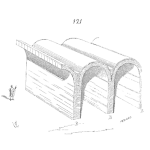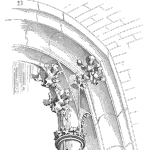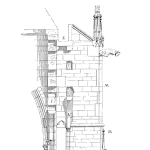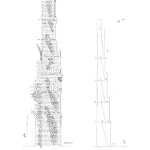
In the world of reliability and quality engineering, technical expertise and domain knowledge have always been highly valued. Engineers are expected to possess a strong foundation of technical skills to excel in their roles. However, in today’s rapidly evolving workplace, it has become increasingly evident that technical ability alone is not enough to guarantee success. The modern engineering professional must recognize and embrace the importance of soft skills to complement their analytical skills.
In this blog post, we will dive into the significance of soft skills in the workplace and how they can enhance the effectiveness and success of reliability and quality engineering professionals.
[Read more…]











